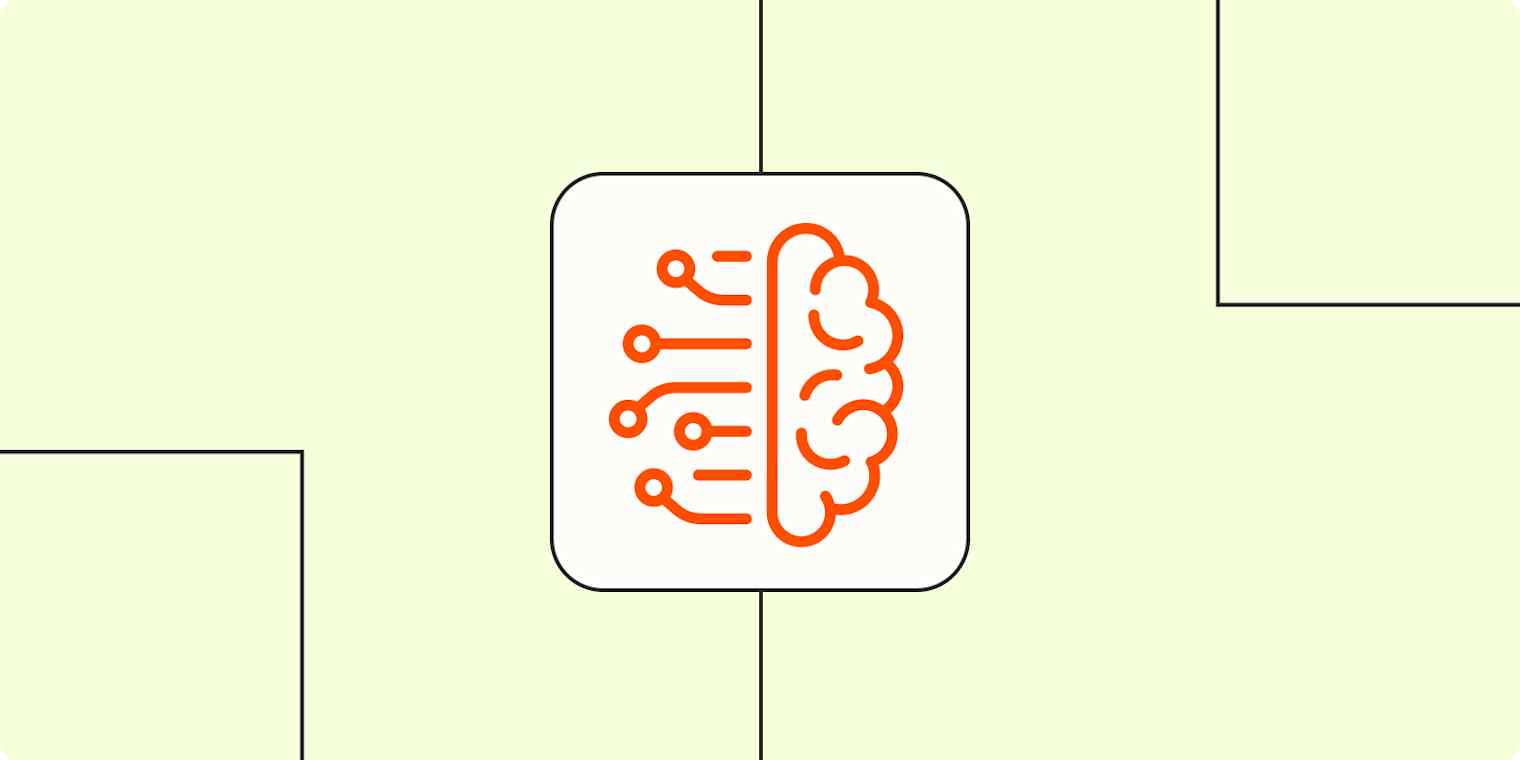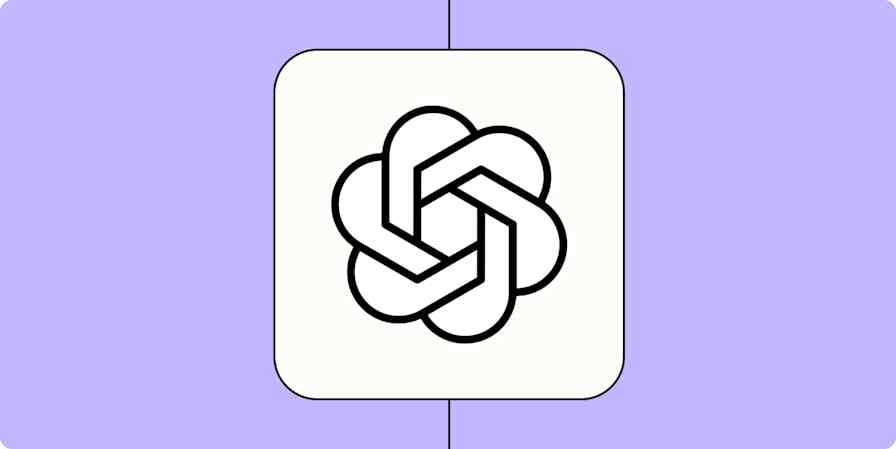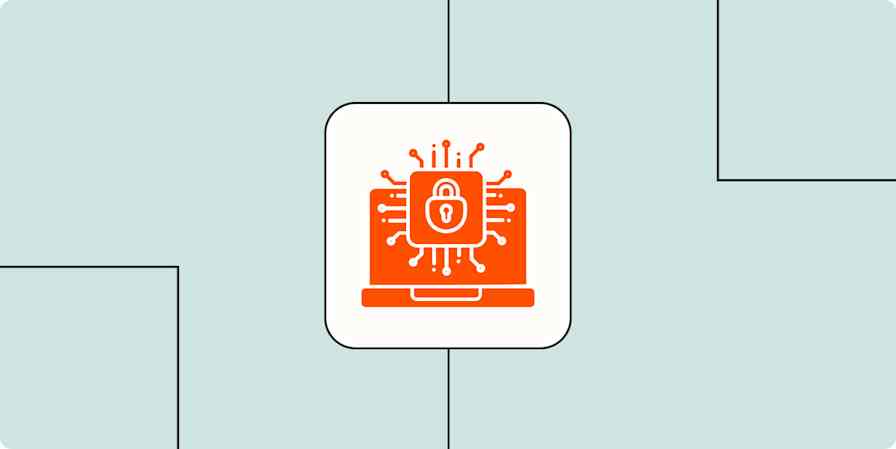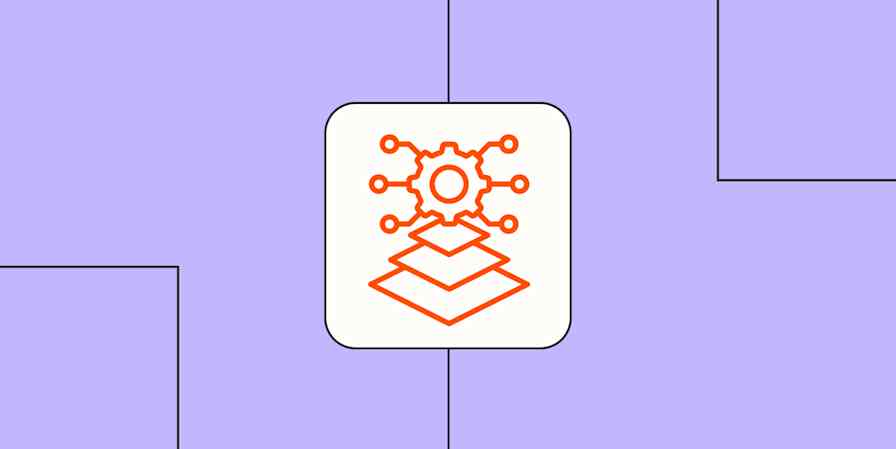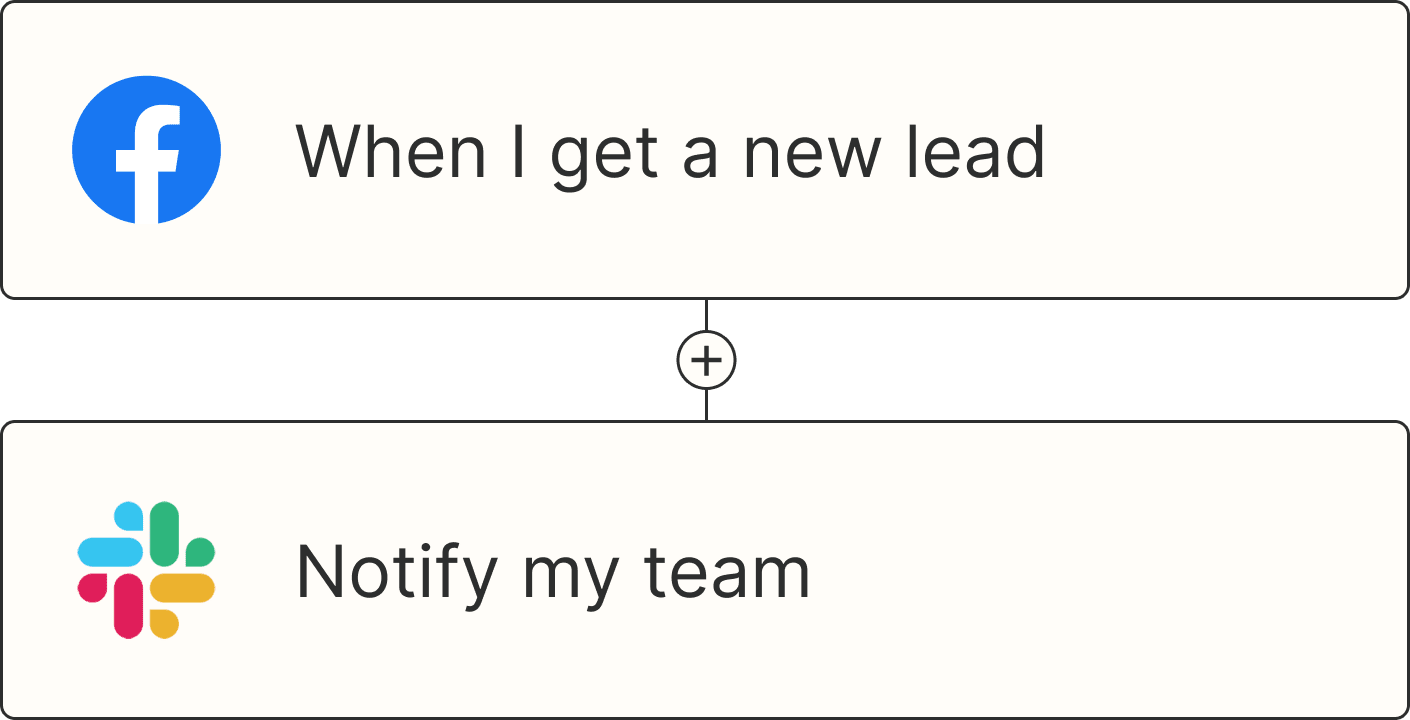AI (artificial intelligence) refers to a machine that's able to learn, make decisions, and take action in a specific domain—even when it encounters a situation it's never come across before.
AGI (artificial general intelligence) is AI with human-level, domain-general understanding and the ability to learn and apply knowledge to any intellectual task. Unlike AI, no true AGI exists yet.
If you've spent more than five minutes on the internet lately, you've probably seen people tossing around terms like "AI," "AGI," and "superintelligence" as if they're all the same thing—and all equally imminent. Depending on who you ask, we're either a few breakthroughs away from robot utopia or one bad line of code from the end of humanity.
The truth, as usual, is less dramatic. AI is already here—running your search results, drafting your emails, and recommending the show you'll binge next. AGI, on the other hand, is still mostly a thought experiment: the idea of a machine that could actually think, reason, and act like a human (ideally, without the existential dread).
Here's what separates the AI we use every day from the AGI researchers are still chasing—and why that gap might be bigger than it looks.
Table of contents:
AGI vs. AI at a glance
| Artificial Intelligence (AI) | Artificial General Intelligence (AGI) |
|---|---|---|
Definition | Broad term that refers to machines that are able to learn, make decisions, and take action within a specific domain | Domain-agnostic AI that exhibits human-like intelligence |
Current state | Actively used in tools like Zapier, ChatGPT, and Gemini | Still theoretical; no true AGI exists yet |
Scope of ability | Narrow—focused on one area at a time | Broad—general problem-solving like a human |
Learning type | Pattern recognition within defined data sets | Independent reasoning and continuous learning |
Risk and control | Governed by human rules and boundaries | Potentially self-directed |
What is AGI (artificial general intelligence)?
Artificial general intelligence (AGI) is an AI that exhibits human-like intelligence, meaning it doesn't just follow patterns—it can reason, plan, learn from experience, and even exhibit common sense without needing to be reprogrammed or retrained.
For example, an AGI project manager could take a vague company goal like "launch a new product line by Q3," then independently build the strategy, assign tasks, adjust timelines in real time, and even smooth over team conflicts—all without human input. Or, as Steve Wozniak once put it, a true AGI could walk into a random house and figure out how to make a cup of coffee—from locating the machine to finding the beans and water to serving it up in a mug.
The potential is staggering, if not incredibly terrifying. But it's currently just a hypothetical—no true AGI exists yet. Give it a few years, though, and we'll probably be arguing with one about deadlines.
What is AI?
Artificial intelligence (AI) refers to technology designed to replicate aspects of human intelligence—like learning, reasoning, understanding language, or making decisions—through software and algorithms. AI is able to learn, make decisions, and take action within a specific domain.
That's a broad category, which is why "AI" can describe everything from predictive text in your inbox to AI agents that help manage enterprise workflows. Most of the AI we use today falls under what's called narrow AI: systems trained to perform specific tasks. For example, with Zapier, you can connect thousands of apps and orchestrate multi-step, AI-powered workflows that span your entire organization. This means you can automatically do things like analyze lead form submissions, enrich that data, and use AI to generate personalized follow-up emails.
Unlike AGI, AI is very real and is already transforming how we work. But that's not the only thing that separates the two.
What's the difference between AGI and AI?
The key difference between AGI and AI comes down to scope.
AI is built to excel in one area. It follows patterns and rules within a defined area but can't apply what it learns to unrelated problems.
AGI, on the other hand, can understand, learn, and reason across any domain, much like a human. It doesn't need to be retrained for each task; it can take lessons from one situation and apply them to another.
In short: AI solves specific problems while AGI can (theoretically) solve—and do—anything.
We're not at AGI yet (and that's probably fine)
AGI might be the holy grail of artificial intelligence. But for now, it's still more science fiction than science. Every breakthrough in today's AI gets us a little closer, but we're still firmly in the "teaching calculators to write poetry" phase of progress.
That's not a bad thing. The AI we have now is already changing how we work, learn, and build. It's making everyday tools smarter and freeing humans up for the stuff that still requires being human.
If AGI ever does show up, great—we'll welcome our new robot coworkers. Until then, we've got plenty to explore (and improve) with the intelligence we've already created.
Related reading:
